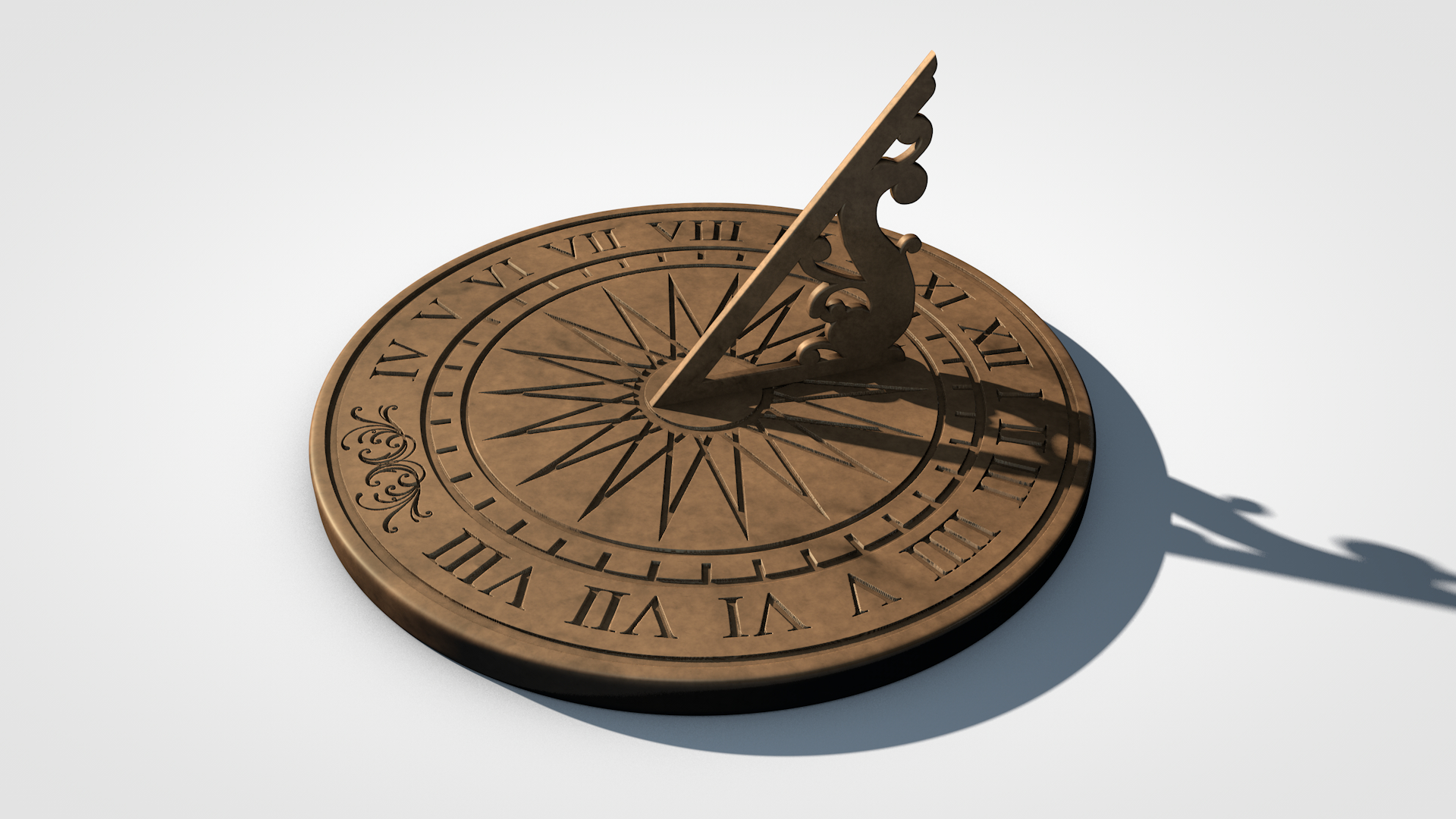

Here is an example of two of the many layers that make up the Equatorial crescent and a photo of it being printed. That’s “Slicer” with letter “e” turned backward in hacker format using the number 3. After experimenting with a number of these programs, I prefer Slic3r. There are a number of slicing programs such as “CURA”, “Slic3r”, “CraftWare”, Netfabb, Rep-et-ier, and Simplif圓D. These layers will be printed sequential by my 3D printer, ultimately forming layer by layer, the STL object in plastic. Here I use a program called Slic3r to take the STL object and decompose it into many horizontal layers, like pages of a book. Once I've designed SUNQUEST STL files, they need to be prepared for 3D printing. As you’ll see in a moment, Schmoyer uses the gnomon itself to adjust for the equation of time. This adjustment allows for both longitude correction of time and daylight savings time. The slot will allow the crescent to be rotated back and forth on the sundial’s meridian ring. Other booleans drill out the slot, leaving a 3D stereolithographic file (STL) that conforms nicely to Schmoyer's drawing. A boolean operator takes the difference between the two cylinders, leaving the crescent. To create the equatorial crescent ring I used two cylinders of slightly different size with vertically offset centers.

There is a set of translation and rotation operators for placement of the objects and Boolean operators for concatenating or subtracting one object from another. But it focuses on creating and manipulating fundamental 3D basic shapes such as cubes, cylinders, and polygons under programmatic control. The language is reminiscent of Visual Basic. To render this drawing into a 3D sundial part, I use OpenSCAD, a public domain application for numerical computer aided design. So the challenge is to use the 3D printer to create parts that matched Schmoyer's detailed drawings suc as the equatorial crescent shown here at the right. To make the PLA flow properly the 3D printer must be heated to 210 Celsius. Elsewhere PLA comes from sugarcane or even tapioca root. The plastic I’ll use is Poly-lactic Acid or simply “PLA”, which is a biodegradable thermoplastic derived from renewable resources, such as corn starch in the United States and Canada. I use a filament 3D printer (Prusa i3 MK2) that heats plastic, allowing the filament to be extruded into any shape. With all of Richard Schmoyer's SUNQUEST dial drawings available on the web, I decided that it would be a fine 3D printing project for the North American Sundial Society.


 0 kommentar(er)
0 kommentar(er)
